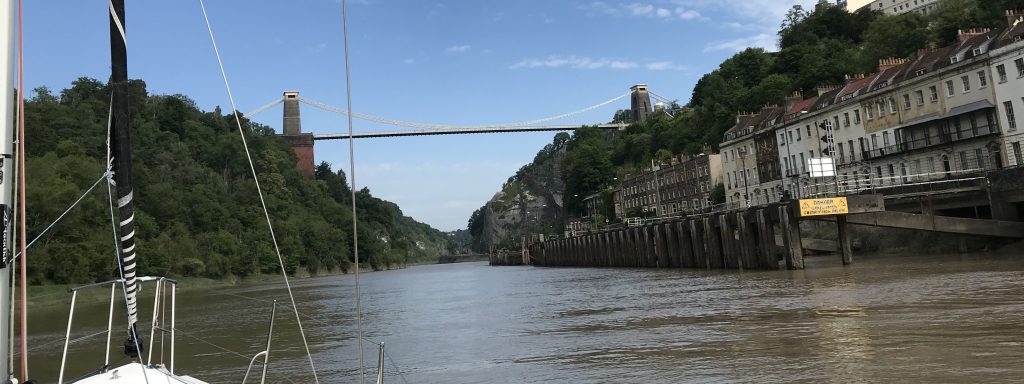
Established in 1932, Portishead Cruising Club (PCC) is an RYA affiliated sailing club for racing/cruising yachts. A member of the Bristol Channel Yachting Association the club is run as an independent not-for-profit venture run entirely by its members on a voluntary and unpaid basis.
The club owns and operates drying trot moorings in Pill and Portishead has a fully serviced marina providing haul out, storage and boat repair facilities. It is also home to many of the club’s racing yachts.
Membership is friendly and informal, and comprises families, couples and individuals. Interests range from ‘Cruise in Company’ weekends to racing to blue water cruising. There’s also an extensive social program, with club nights, parties and talks held throughout the year. With many categories of membership, there’s something for everyone. To find out more, come along on any club night (Wednesday’s, from 20h30 at the Poacher Inn, Portishead), and meet other members over a drink.
The club runs a number of events with other sailing clubs in the Bristol Channel such as the highly successful Shanghai Cup usually run in May. The club also hosts its flagship open racing event, the annual Holms Race in September. With a regular fleet of 50 boats competing a course from Portishead to the Holms Islands and back, the fleet flying spinnakers returning up the Bristol Channel provides a spectacular sight when viewed from Battery Point in Portishead.
History of the Club
Established in 1932, PCC was originally located at the then Portishead Dock. Used as a base for cruises which mostly went “downalong” with the ebb tide. Temporary moorings were found at Crockerne Pill and Sea Mills during the Second World War.
When access to Portishead Dock was permitted again following the war, no rights of way were granted across Parish Wharf which lessened the location’s appeal. With the opening of the M5 Avon Bridge in the 1974 and the subsequent cessation of the ferry service between Pill and Shirehampton, the club members purchased the ferry company building on the banks for the River Avon with the aim of turning it into a purpose-built clubhouse.
Planning permission was granted to extend the building and the National Rivers Authority compensated the Club for utilising the premises as part of their Sea Defence Scheme in Pill. These additional funds together with enormous efforts from Club members saw the erection of the two storey Club house. Given the number of members based in Portishead, the membership decided in 2021 to sell the existing Pill clubhouse in favour of new premises in Portishead.
Pill Village & The River Avon
The village was originally known as Crockham Pill on account of the nearby crockery kiln at Ham Green. However, over the years the title of Crockerne Pill has come to refer to the creek itself.
The word “Pill” is Ancient Briton for creek or inlet and refers to the extensive moorings that have been available since the 17th century. Pill has a considerable martime history and tradition which continue to this day and the Club is proud of its association with the local community.
Bound for Bristol, the Watchhouse is an imposing grey slated customs house which dates back to over 200 years and which historians believe may have had links with smuggling.
Beyond the Watchhouse, the river passes Hung Road. Its name refers to how ships were hung by their ropes to prevent them topppling over when the tide ebbed and the mooring rings may still be seen today. The nearby Chapel Pill is home to a number of PCC boats.
Next, ‘Adam and Eve’, a whitewashed building set on the rocks, is of dubious origin but may have been used to temporarily house slaves or used as an entrance to a smuggler’s tunnel. Today it serves a useful purpose as a housing for a navigational light.
Horseshoe Bend, familiar to many of our yachtsmen, given the considerable currents prevailing in the Bristol Channel was the site of the demise of one of Brunel’s ships, namely the SS Demerara, which ran aground there and was subsequently scrapped.
During the year, the club arranges social sailing events up the River Avon which provides sailors with a unique perspective of one of Bristol’s most famous sites, Brunel’s Clifton Suspension Bridge.

